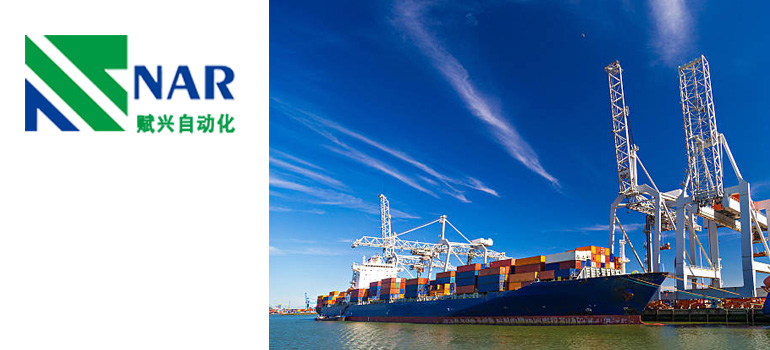Summary:
Everything You Need to Know About Ship Crane
What is a ship crane?
History of crane?
What are the classifications of cranes?
When selecting a crane, what-parameters of the crane need to be known
What are the precautions when using a crane?
Ship crane belongs to the category of material handling machinery. It refers to a multi action lifting machine that vertically lifts and horizontally carries heavy objects within a certain range. With the continuous development of the crane industry, more and more enterprises use cranes to meet the needs of workmanship.
What’s the role of cranes? The following content will help you further understand the crane.
What is a ship crane?

The ship crane is mainly composed of motor, brake, reducer, drum and pulley block. The motor drives the drum to rotate through the reducer, so that the steel wire rope is wound on the drum or lowered from the drum to lift heavy objects. Trolley frame is a frame for supporting and installing lifting mechanism, trolley running mechanism and other components, which is usually a welded structure.
History of cranes?
In 10 BC, ship cranes were recorded in the architectural manuals of ancient Roman architects. At that time, the crane was a mast with pulleys on the top. Use the cable of the pulley to lift the load.
In the 15th century, the jib crane was invented to realize the tilting movement function and improve the flexibility of the crane.
In the late 18th century, with the improvement of the steam engine, the steam crane was also realized, which solved the limitation of manual operation. With the development of industry, crane technology is also constantly improving.
What are the classifications of cranes?
Cranes can be divided into the following categories according to their characteristics:
Bridge crane:
Bridge crane is a bridge crane that runs on overhead rails. The bridge of the bridge crane runs longitudinally along the track laid on the viaducts on both sides, and the lifting trolley runs transversely along the track laid on the bridge, forming a rectangular working range, which can make full use of the space under the bridge to lift materials without being hindered by ground equipment.
The bridge crane can make the heavy objects hanging on the hook or other picking devices realize vertical lifting or horizontal migration in space. It is widely used in indoor and outdoor warehouses, workshops, open-air material storage plants, etc.
Single/double girder gantry crane:
Cantilever crane with single main beam is simple in structure, small in weight and easy to install. Its main material is mostly eccentric rail box frame structure.
The double beam bridge crane is composed of straight rails, crane main beams, lifting trolley, power transmission system and electrical control system, which is especially suitable for material transportation within the plane range of large suspension and large lifting capacity.
Double girder bridge crane has strong bearing capacity, large span, good overall stability and many varieties, but its own quality is larger than that of single girder gantry crane with the same lifting capacity, and its cost is also higher. Box structure is generally adopted.
Crawler crane:
Crawler crane has large grounding area, low average pressure on the ground, good stability, and can operate on soft and muddy ground.
In addition, his traction coefficient is high, the climbing slope is large, and he can drive on the rugged site. However, the crawler crane is slow, and the road surface will be damaged during the driving process. Therefore, when transferring to another site, it needs to be transported by a flatbed trailer, which has poor mobility.
Cantilever crane:
The jib crane is called cantilever crane if the picking device of the cantilever crane is hung on the boom end or on the lifting trolley that can run along the jib. The jib crane can rotate, but cannot pitch.
The cantilever crane has unique structure, light weight, large lifting capacity, safety and reliability, and can be operated freely in three-dimensional space. It is widely used for loading and unloading at sea and port gate.
When selecting a crane, what parameters of the crane need to be known?
Dead weight of crane
Lifting capacity
Rated lifting capacity
Total lifting capacity
Lifting height
Descent depth
Lifting range
Travel speed
Rotation speed
What are the precautions when using a crane?
1. Each crane shall be hung with the nameplate of rated lifting capacity
2. Overload is not allowed
3. Ensure safe operation
4. When the lifting brake has problems, it is not allowed to lift heavy objects
5. Cranes are not allowed to collide with each other, nor is it allowed to use one crane to push another crane to work
6. When welding a part of the crane, the ground wire shall be specially set, and the body is not allowed to be used as the ground wire
7. Regularly conduct safety technical inspection and do a good job of pre inspection and pre repair.
There are many kinds of ship cranes, so choose the right type according to your own needs.
Learn more about material handling machinery.
